Word Count: 791
Voters should choose their representatives; politicians shouldn’t be picking their voters. That’s a pretty simple principle. However, in Indiana, our Congressional and State Legislative districts are drawn by the politicians in power, which allows them to pick their voters. When politicians in power pick their voters, Hoosiers’ votes have less of an impact. In 2020, only two of the 25 State Senate and nine of 100 State House elections had a margin of less than ten percentage points, which is often a metric used to determine competitive elections. Both chambers had more uncontested elections than ones determined by less than ten percentage points, meaning the district leans so far in one direction opposing parties don’t even run candidates.
As a member of the Senate Elections Committee, I recently attended meetings about redistricting across our state. From Indianapolis to Evansville, I heard concerns about this lack of competitive elections, that communities have been divided up in such a way that they are not accurately represented in the Statehouse and a desire to not have districts drawn by politicians. Hoosiers aren’t asking for much, just to have maps drawn to fairly and accurately represent our communities.
Many Hoosiers who spoke at these meetings also connected the dots between gerrymandered state legislative seats and extreme legislation coming out of the Statehouse. When most legislators only have to worry about their primary election and not the general, they tend to move towards the extremes. This is why we need more competitive elections: so that the general electorate gets the real say, not just primary voters. When voters don’t think their vote matters, we see lower voter turnout. When I first ran for office in 2014, Hoosiers didn’t have a US Senate or Gubernatorial election to vote on, so the top of the ticket races included Congressional and State Legislative races. The result? Indiana had the lowest voter turnout in the nation. A major factor being that Hoosiers saw their votes for Congress and the Statehouse as not mattering since the outcomes of most races are already predetermined.
In Indiana, we have seen examples of gerrymandered legislative districts driving partisan legislation several times in recent years. For example, in 2014 the legislature attempted to define marriage as being between a man and a woman. The very next year there was an even more extreme push for the Religious Freedom Restoration Act (RFRA), a discriminatory law that the rest of the country still associates with Indiana. Most recently, the General Assembly was unable to pass meaningful hate crimes legislation that would protect LGBTQ+ Hoosiers in 2019. The supermajority pushed this extreme agenda despite 70% of Hoosiers supporting same-sex marriage. Thankfully, these Hoosiers stood up against RFRA and said this is not who we are. Some of the businesses that pushed back against those measures are now taking proactive steps to support the LBGTQ+ community.
Last month, the Indiana Chamber of Commerce, Eli Lily, Cummins and more than 100 businesses signed a letter supporting the Equality Act in Congress. They said, “We urge Congress to pass the Equality Act to ensure that all Americans are treated with respect and dignity, regardless of their sexual orientation or gender identity.” These businesses know that years of attacks on LGBTQ+ Hoosiers have stuck out to the rest of the country, and they want to be able to recruit the nation’s top talent to come work in Indiana without reservations. Such extreme legislation is not only a direct contradiction to what Hoosiers want, it also damages our economic recovery.
Gerrymandering also discriminates against communities of color. The recent census data that will be used to draw new maps show that Indiana is becoming more racially diverse. I want our General Assembly to reflect that. Currently, our General Assembly is about 90% white while our state’s population is only 77% white. One of the best options we have to make the statehouse more representative is to make sure our legislative maps fairly represent all communities in Indiana.
Fairly drawn maps will also lead to more competitive elections, which I believe makes us better as legislators. I’m confident we will see better legislative outcomes when more than 8% of our legislative elections are competitive and determined by less than 10 percentage points. Because then legislators will have to listen to their constituents to earn their vote and win reelection. Indiana should be aspiring to be top of national lists like having the lowest infant mortality, best educational opportunities and workforce development, most welcoming to anyone who wants to live here and a successful business climate, not fighting cultural wars that harm our own people and state’s reputation. Let’s draw fair and representative maps, respect all Hoosiers and start addressing the real challenges facing Indiana.


